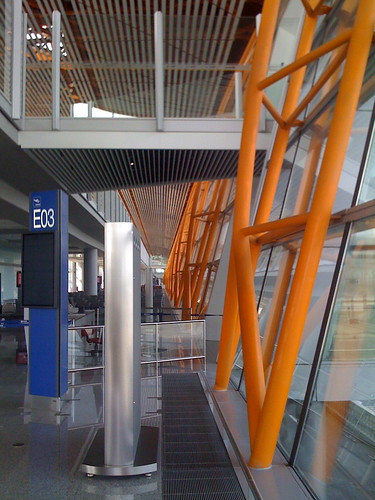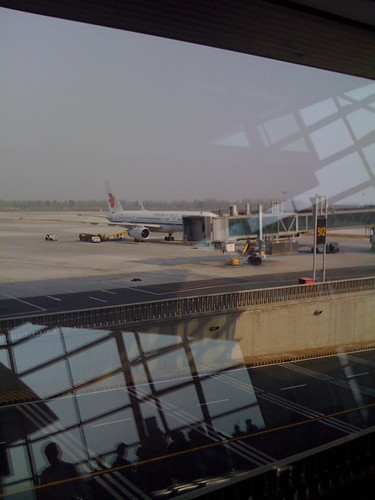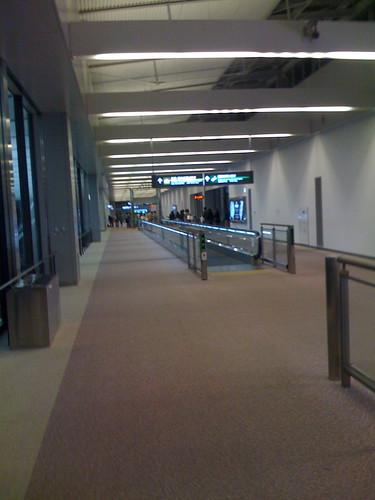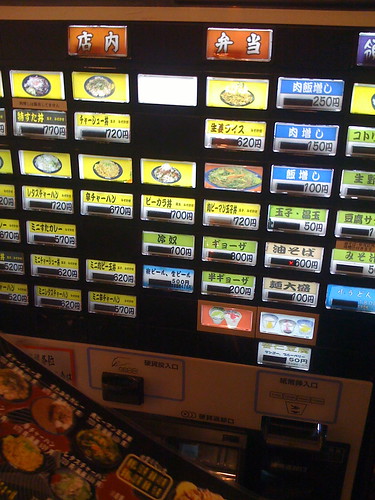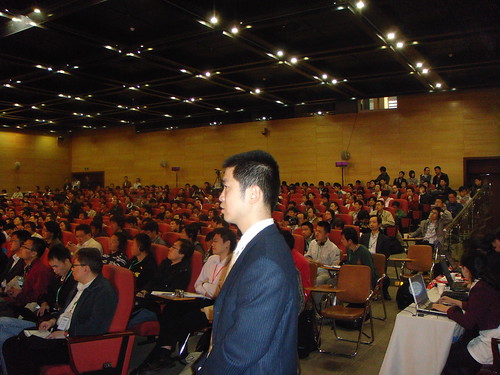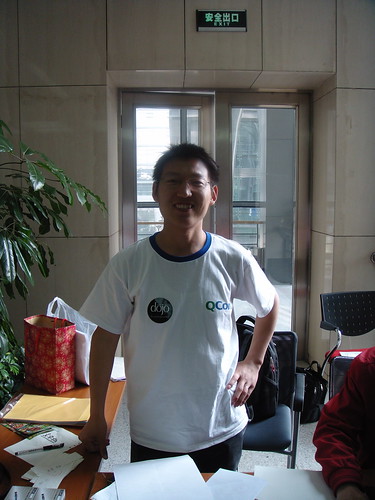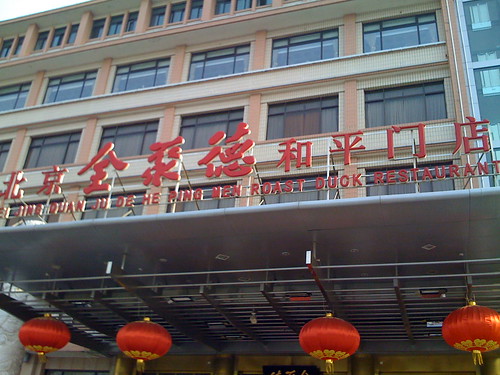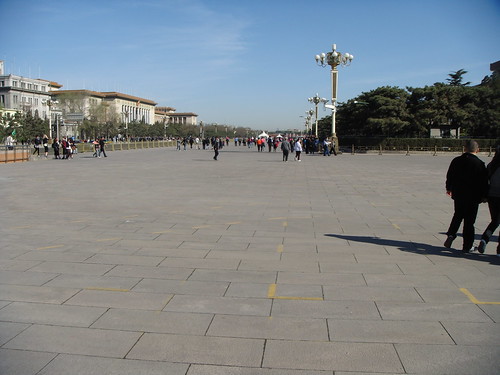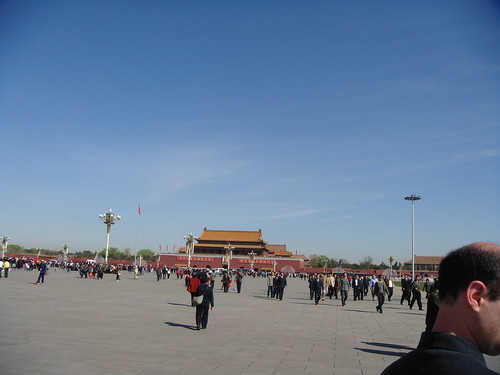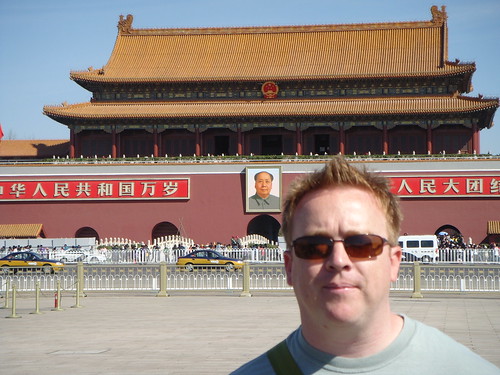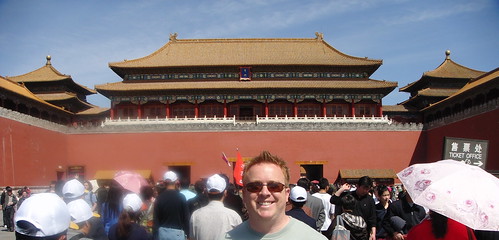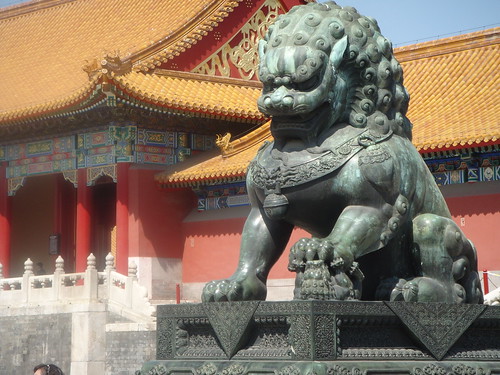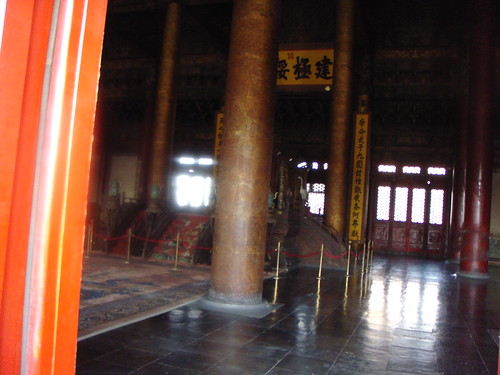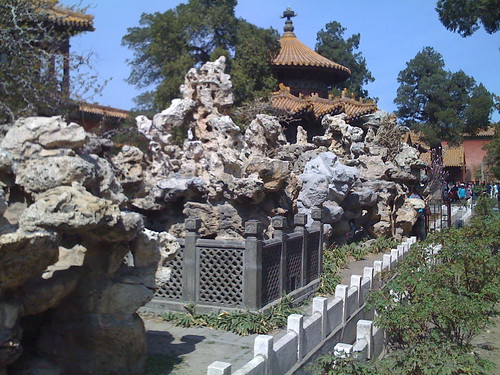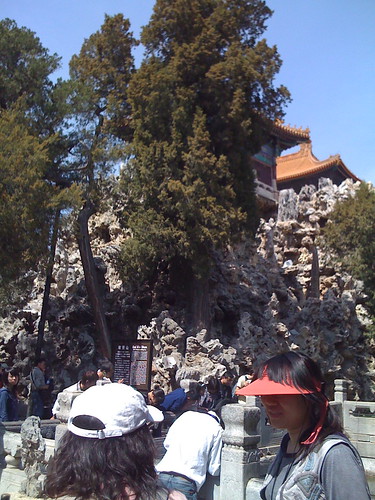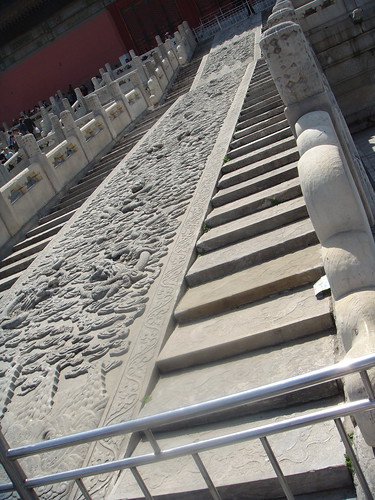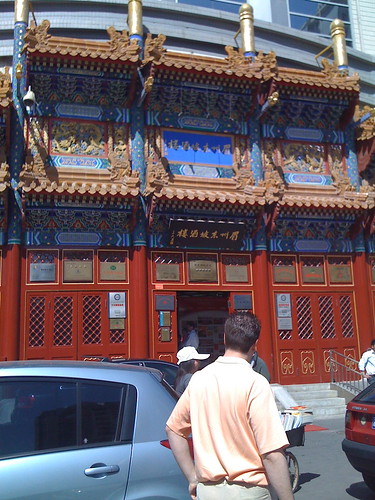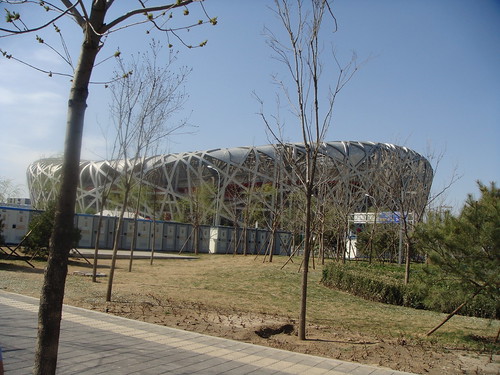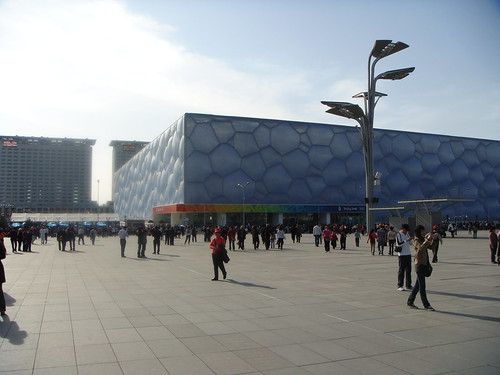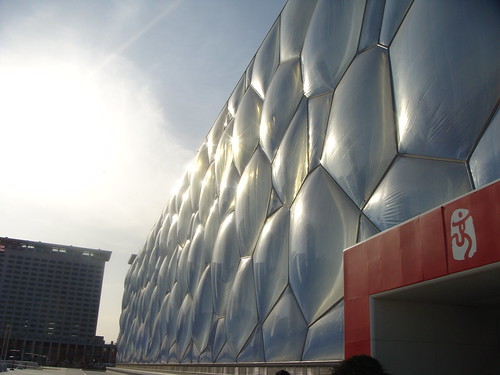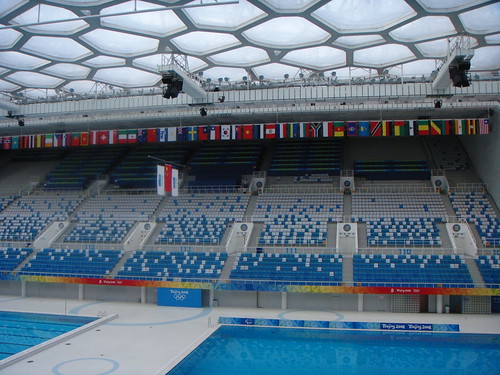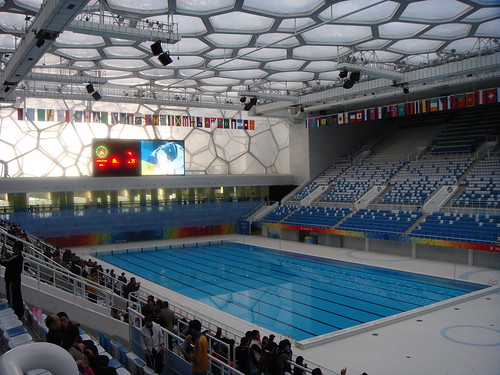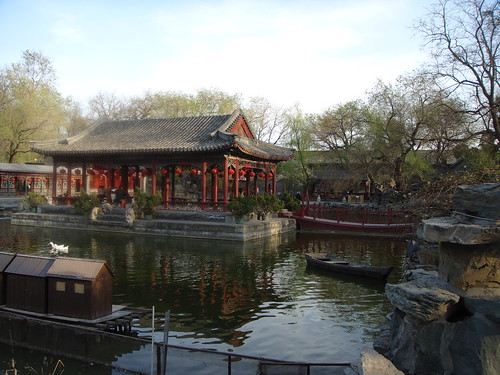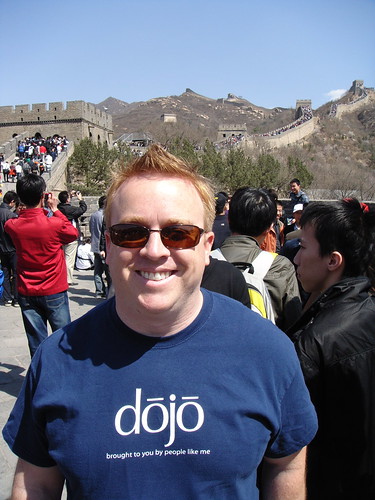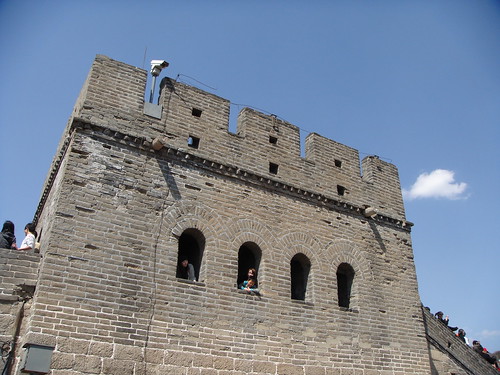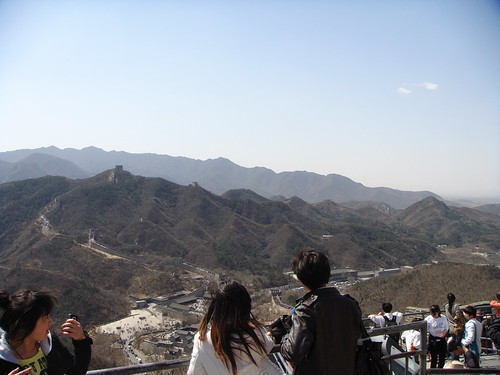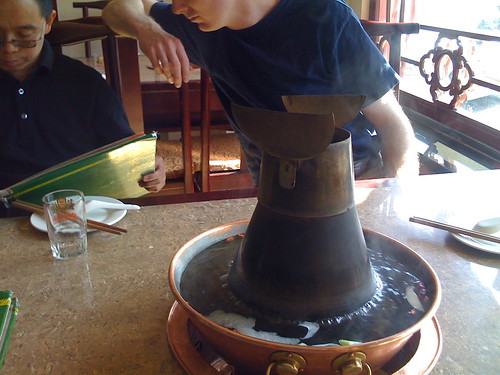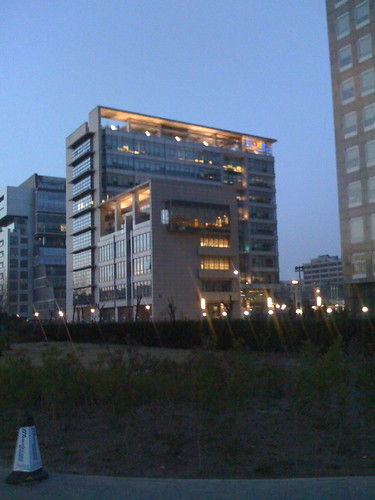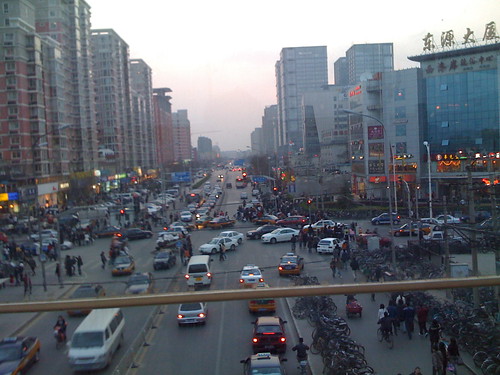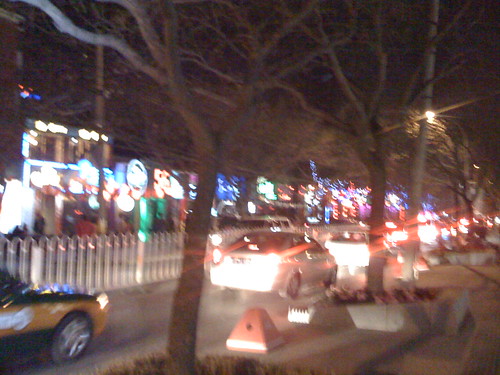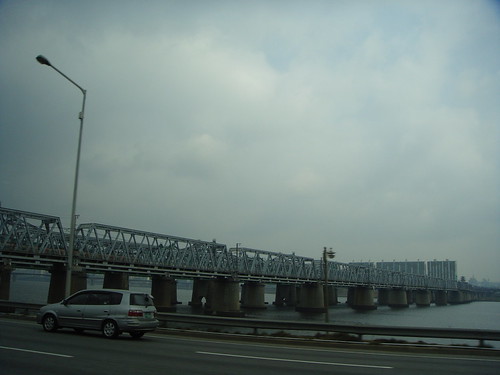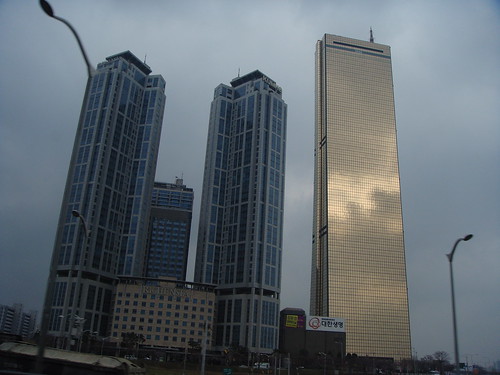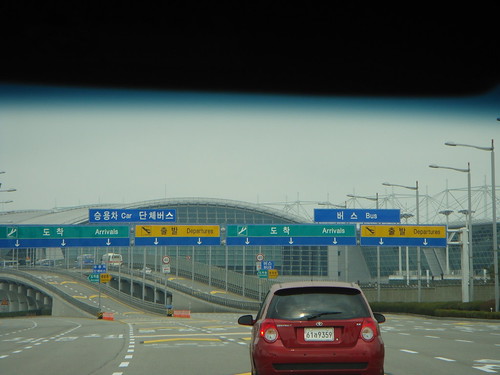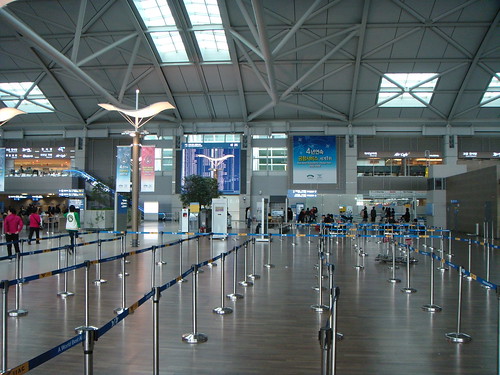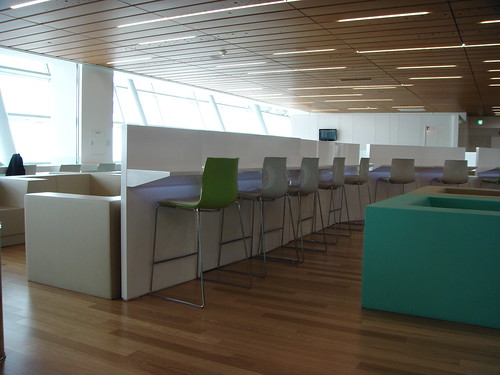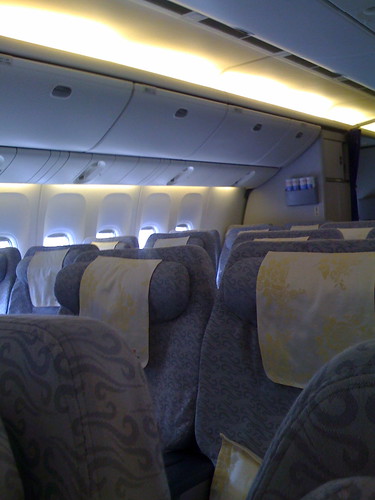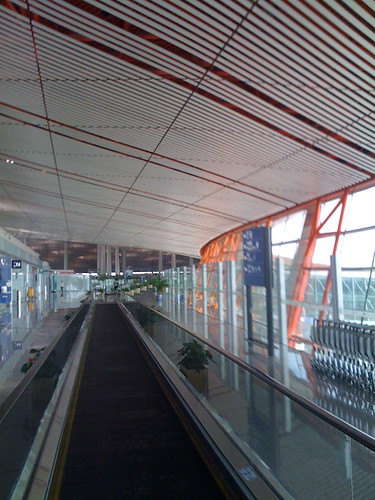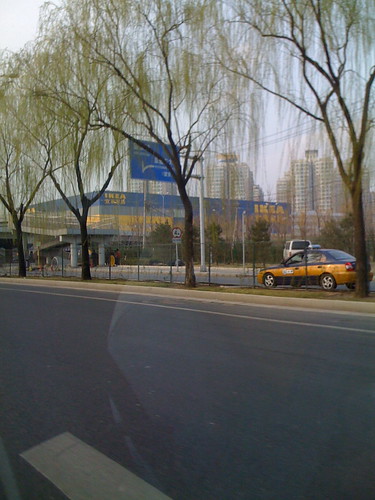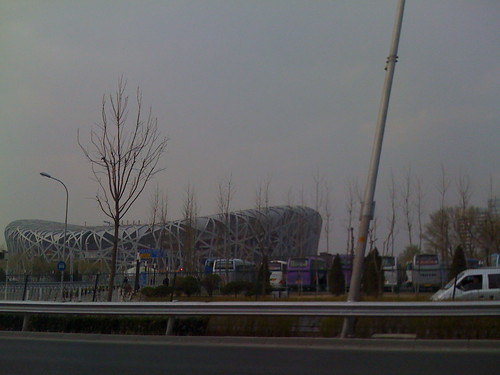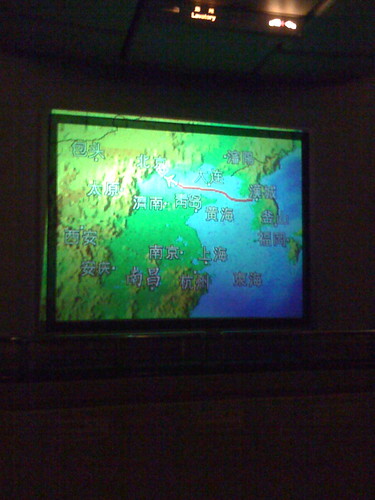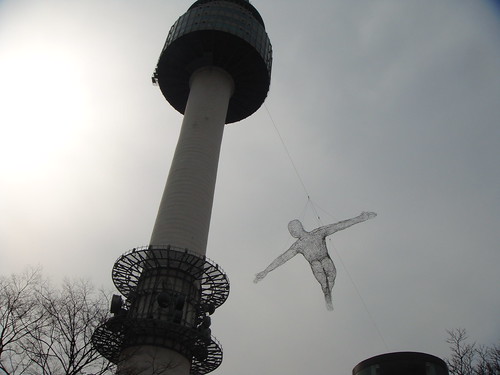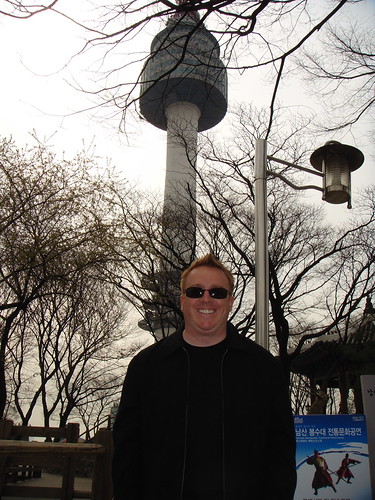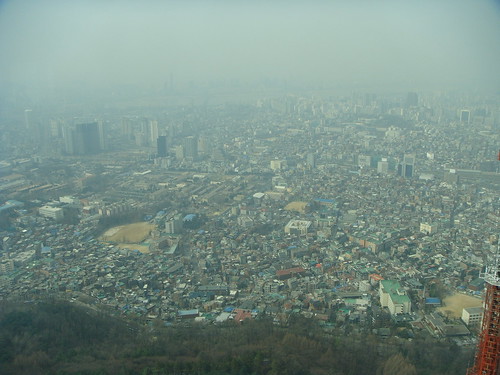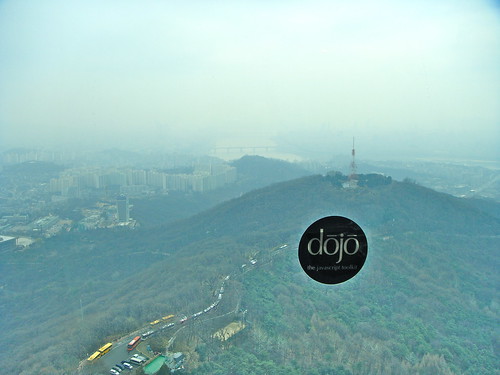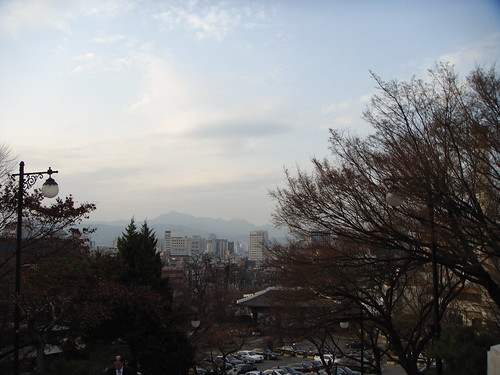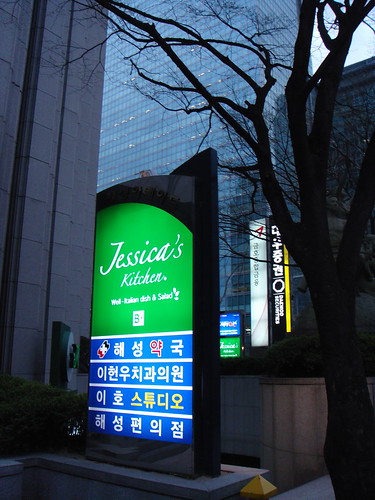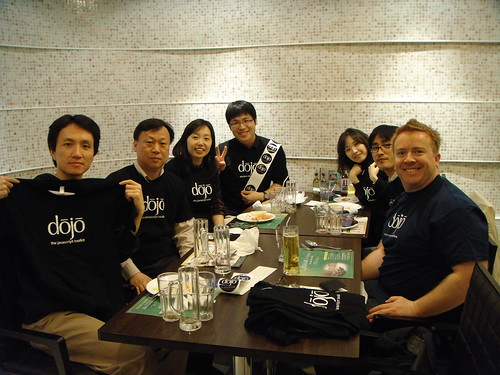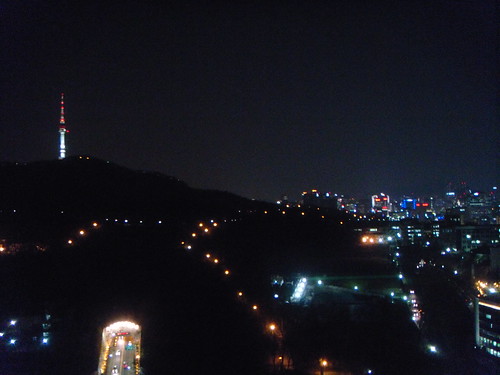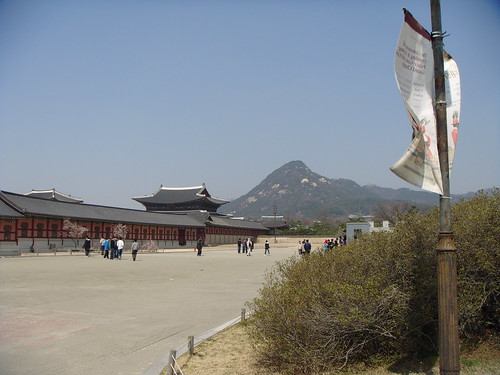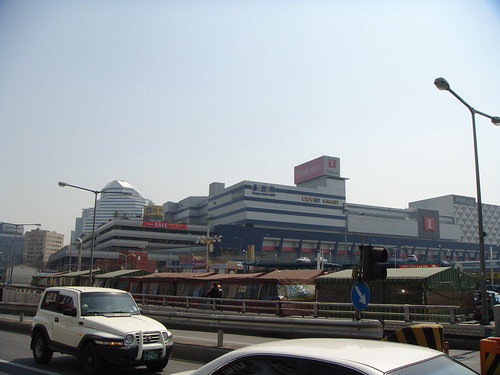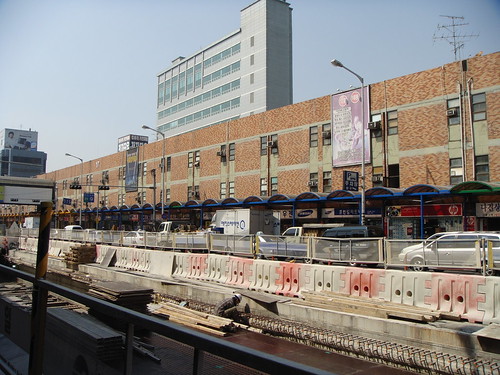Day 11: Beijing to Tokyo
April 12th, 2009 by Dylan
So far, I’ve yet to have nearly enough time in each city, but I’ve made the most of it while still keeping up with work. On Wednesday morning, I spent a short amount of time networking and more time repacking my luggage more efficiently.
Henrik, Floyd, and I shared a taxi to Beijing Capital International Airport. The new terminal 3 that was completed in time for the Beijing Olympics is massive, comparable to Seoul Incheon, and is located several kilometers away from the original terminals! That size of course means that it takes a substantial amount of time to get around, including a 15-minute walk from the business class lounge to the gate. Incheon airport feels more refined than Beijing, but both airports surpass any airport terminal I’ve previously visited. I’m guessing that the closest contender among Western airports would be the new terminal 5 at London Heathrow.
You might ask why I’m so obsessed with airports? I think it’s that nice airport terminals and train stations are some of the nicest engineering marvels built today, and the quality and approach to each airport reflects how a country views air travel. In the US, airports are overcrowded and generally unimpressive, as is the general level of customer service, while many of the Asian nations take significant pride in everything they do, both with customer service and architecture.
The flight on Air China was uneventful, with business class being mediocre but effective. Arriving in Tokyo was intriguing, as we were hoping to make it onto the last train at 9:45pm but had only 45 minutes to walk through the terminal, clear customs, buy train tickets and board. The motivation was to save a 200,000 yen (~$200)
Immigration into Japan was my first experience with biometric scanning which I did not expect. To enter Japan, you have a choice: give them two fingerprints and a photo, or don’t enter. This really surprised me because I know that Japan is much less into surveillance than other nations, but is more technologically advanced than any other nation in the world. Japan was also the first nation to issue a printed sticker as my passport visa
We missed the train, so we instead enjoyed a refined cab experience that even surpassed my experiences in London in a black luxury Toyota. I was quickly reminded that they drive on the left side of the road in Japan like they do in the United Kingdom, Ireland, New Zealand, and Australia. I look forward to driving on the other side of the road in May and June around the UK and Ireland, but I’m glad I did not have to drive in Tokyo.
Overall, my first impressions of Tokyo are that it is awesome, precise, and that people hold themselves to very high quality standards. Because we arrived rather late, we got the chance to eat at a quick restaurant where you order your food outside the restaurant from a vending machine, and then eat inside:
Every meal I had in Tokyo was great, and this first meal consisting of gyoza, a spicy rice dish, and a chicken and vegetable on rice dish was no exception.
